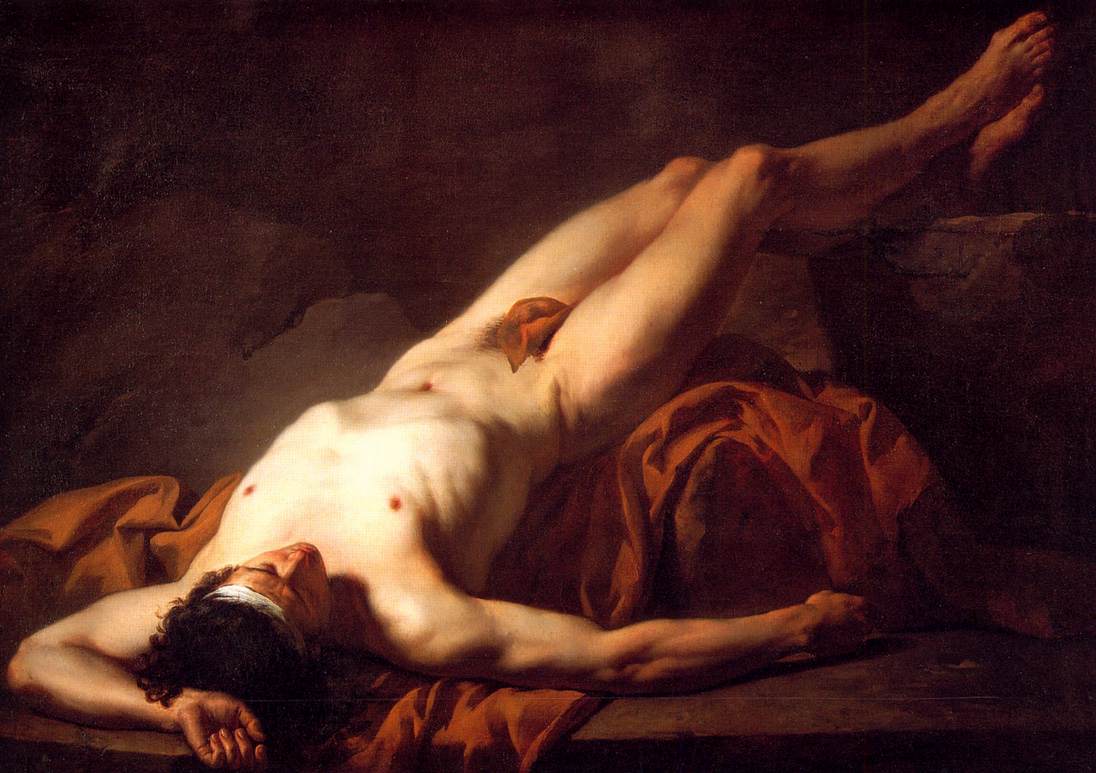Description
The Hector painting by artist Jacques-Louis David is a masterpiece of French Neoclassicism dating from 1783. This painting depicts the death of the Trojan hero Hector at the hands of Achilles, a theme that has been depicted in art history for centuries.
David's artistic style in Hector is typical of Neoclassicism, with a focus on precision and clarity in the depiction of the human figure. The composition is symmetrical and balanced, with a central figure of Hector fallen on the ground and surrounded by the characters that surround him.
Color in Héctor is limited, with a palette of earth tones and grays that emphasize the tragedy of the moment. Light and shadow are used to create a sense of depth and realism in the scene.
The history of the painting is interesting, as it was commissioned by the Comte de Angiviller, director general of arts at the French court, to be displayed at the 1783 Paris Salon. The painting received mixed reviews, but was ultimately hailed as a masterpiece and helped establish David as one of the foremost artists of his time.
Little-known aspects of the painting include the influence of ancient Greece and Rome on the work, as well as the attention to detail in the depiction of armor and clothing details. Additionally, the painting has been used as a tool for teaching history and literature, as it depicts a key moment in the history of the Trojan War.
In summary, the painting Hector by Jacques-Louis David is a masterpiece of French neoclassicism that stands out for its precision in the representation of the human figure, its symmetry and balance in the composition, its limited color palette and its attention to detail in representation of history and literature.

